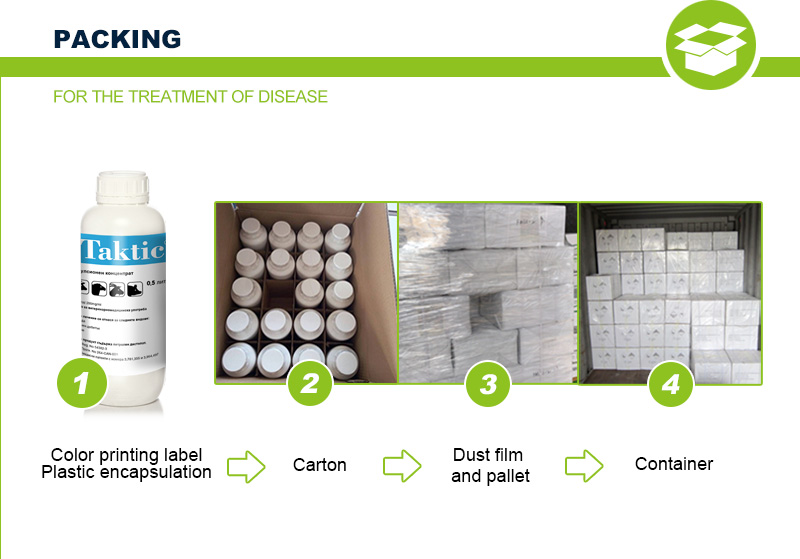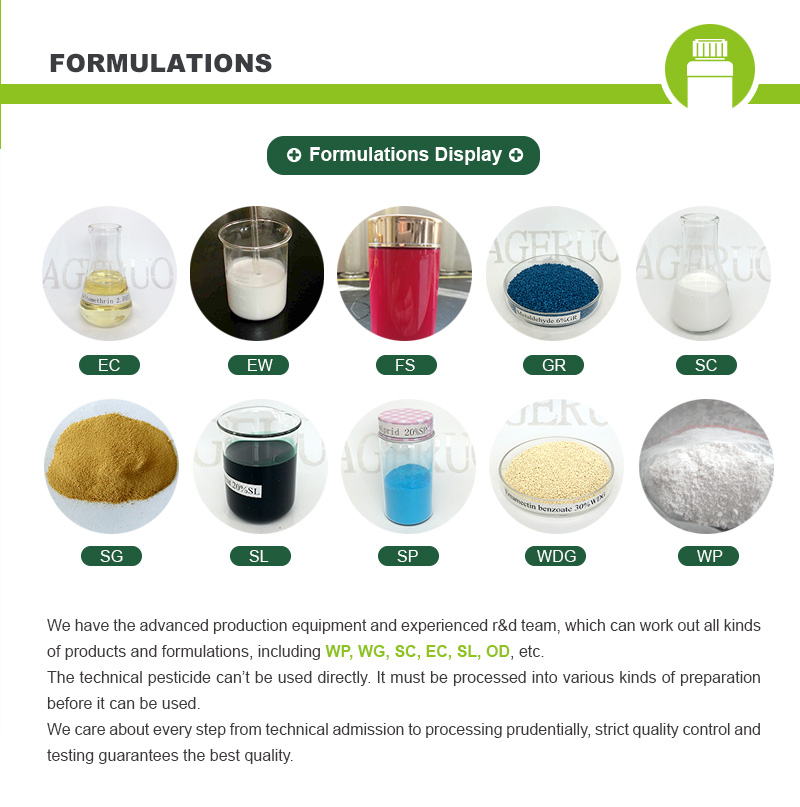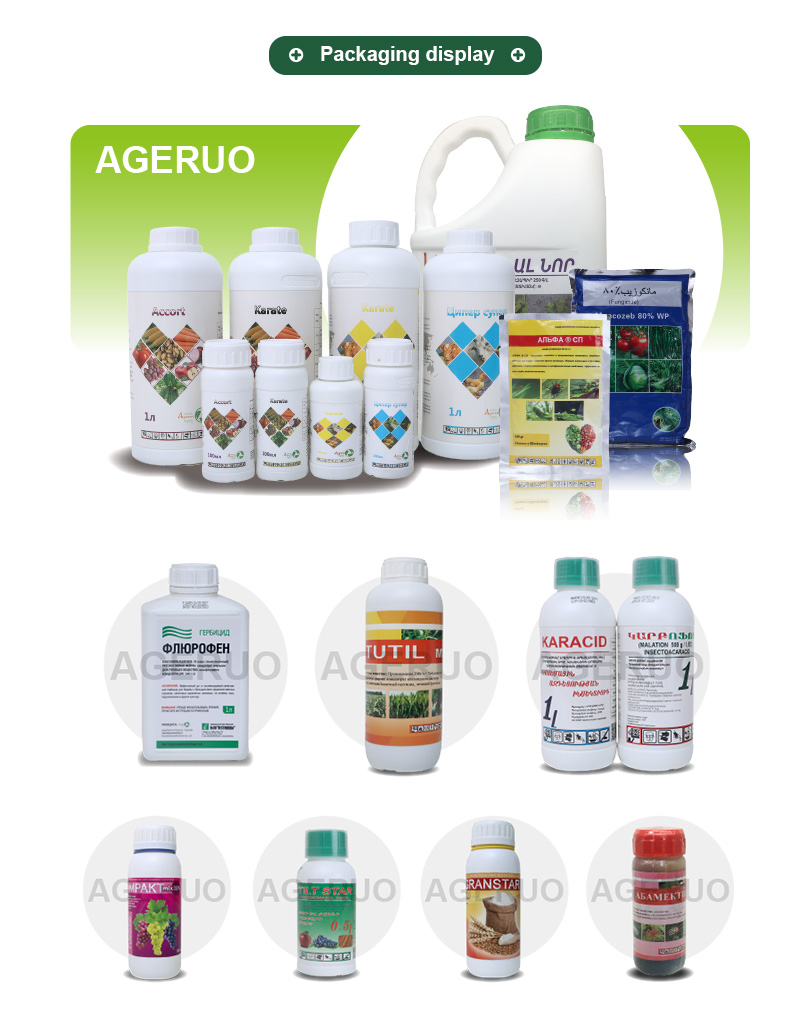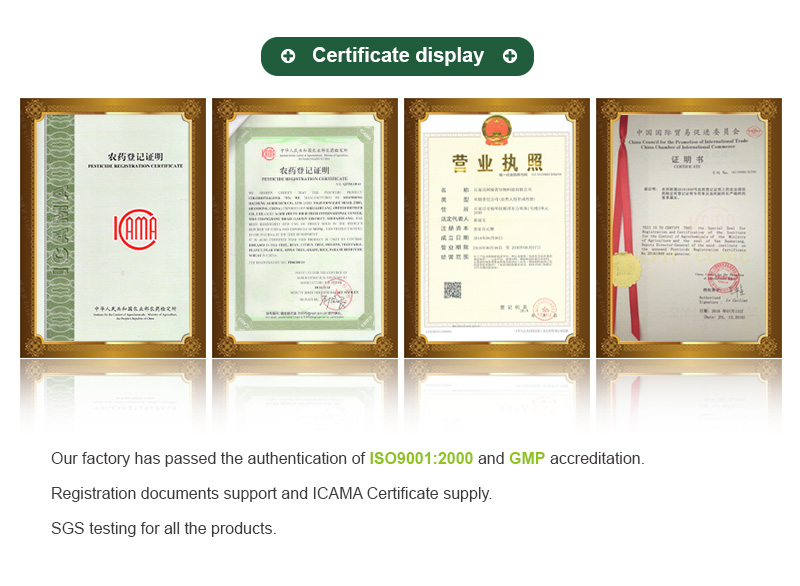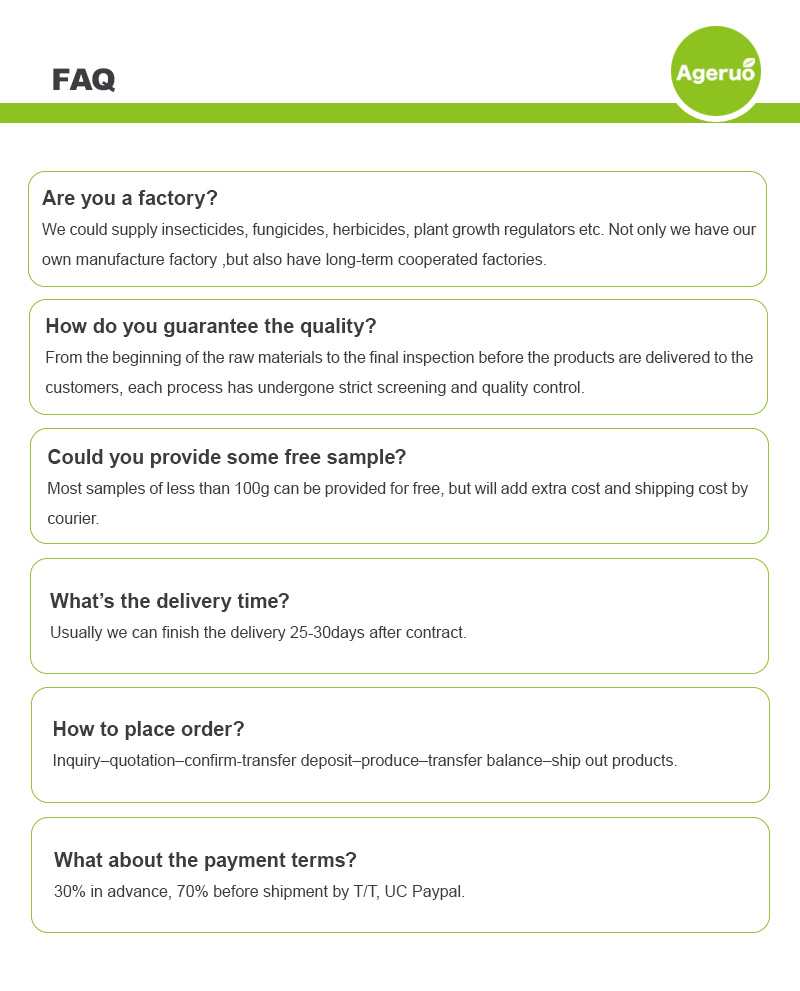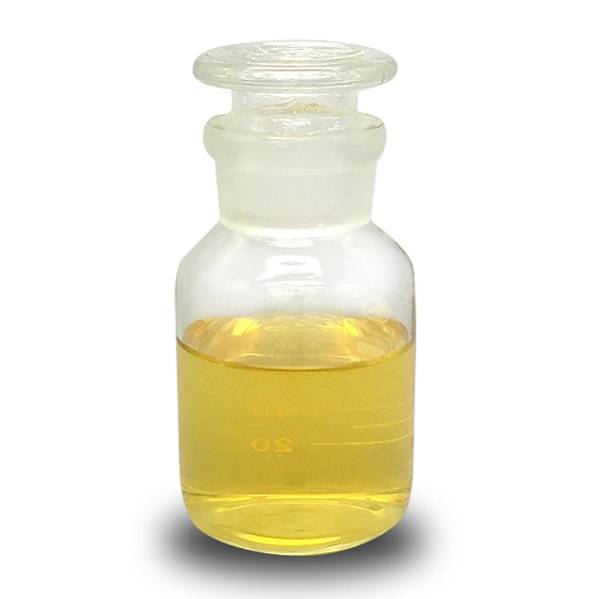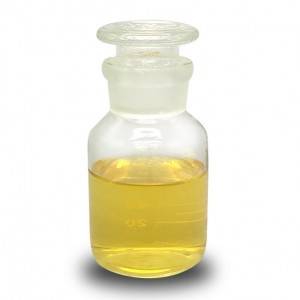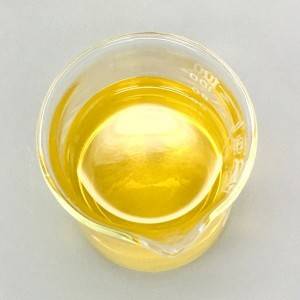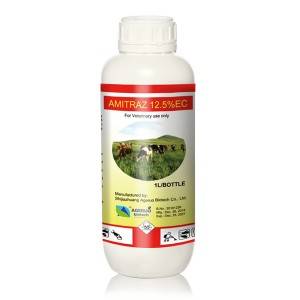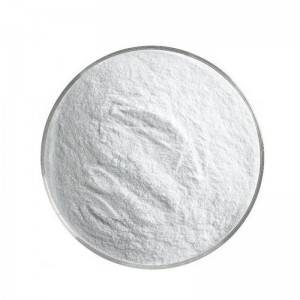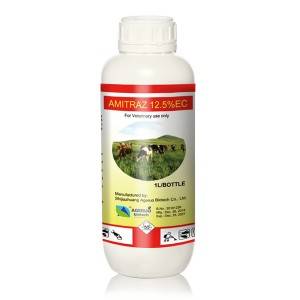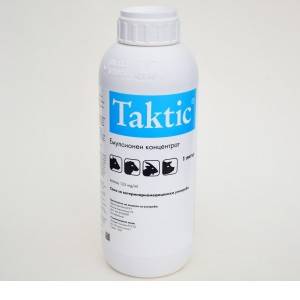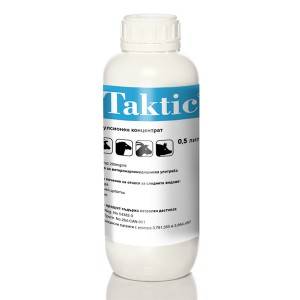Taktic Amitraz 10% EC Insecticide for sale | Ageruo China

Taktic amitraz
Taktic amitraz is a kind of insecticide and acaricide with low toxicity, broad spectrum and high efficiency. It has the characteristics of contact killing, fumigation and stomach poison. It has good control effect on young mite, nymph mite, adult mite and mite egg.
Taktic amitraz 10% EC is a common acaricide, the main ingredient of which is taktic amitraz (CAS No. 33089-61-1) with the molecular formula C19H23N3. As an insecticide, it is widely used in agriculture and veterinary medicine, and is trusted by the users for its high efficiency and low toxicity.
| Product Name | Amitraz 10% EC |
| CAS Number | 33089-61-1 |
| Molecular Formula | C19H23N3 |
| Type | Insecticide |
| Brand Name | Ageruo |
| Place of Origin | Hebei,China |
| Shelf life | 2 Years |
| The mixed formulatiion products | Amitraz 12.5% + Bifenthrin 2.5% EC Amitraz 10.5% + Lambda-cyhalothrin 1.5% EC Amitraz 10.6% + Abamectin 0.2% EC |
Taktic amitraz mixed products
Taktic amitraz can also be mixed with other insecticides to enhance its effectiveness. Common mixed formulation products include:
Taktic amitraz 12.5% + Cyfluthrin 2.5% EC: This combination improves control of a wide range of pests.
Taktic amitraz 10.5% + cyfluthrin 1.5% EC: This formulation provides broader pest control.
Taktic amitraz 10.6% + abamectin 0.2% EC: By combining with abamectin, this formulation shows higher effectiveness against resistant mites.
Taktic amitraz is mainly classified as an acaricide and insecticide. Its formulation includes blends with other chemicals such as cyfluthrin, permethrin and abamectin to enhance its effectiveness against a wider range of pests. This versatile combination allows taktic amitraz to maximize its effectiveness in different environments and application scenarios.
Taktic amitraz applications
Amitraz 10% EC is one of the most effective acaricides and is a broad-spectrum acaricide. It is mainly used in fruit trees, flowers, cotton, vegetables and other agricultural and horticultural crops to control pests and mites. It has a good effect on Citrus mites, and is often used to control cotton bollworm on cotton. It can also control ticks, mites and scabies of livestock parasites.
Agricultural uses of Taktic amitraz
Taktic amitraz 10% EC is widely used in agriculture, especially on fruit trees, flowers, cotton and vegetables. It controls a wide range of mites and pests, providing effective protection and ensuring healthy crop yields. Specific applications include:
Fruit trees: taktic amitraz provides significant control of citrus mites and protects fruit from mites.
Flowers: In flower growing, taktic amitraz helps prevent mites and other pests from damaging plants and keeps flowers looking beautiful.
Cotton: taktic amitraz is commonly used to control bollworms, which is important for improving cotton yields.
Vegetables: In vegetable cultivation, taktic amitraz is effective in controlling mites and other pests, safeguarding the healthy growth of vegetables.
Horticultural uses of taktic amitraz
In horticulture, taktic amitraz is used on ornamental plants and flowers to control mite infestation and ensure aesthetic and healthy quality of plants. It works in both greenhouses and open gardens to help gardeners maintain plant health.
Veterinary uses of taktic amitraz
taktic amitraz is also used in veterinary medicine to control ticks, mites and lice on livestock. It is an effective treatment for scabies and other parasitic infections in animals. By spraying or dipping, taktic amitraz quickly eliminates parasites and improves animal health.
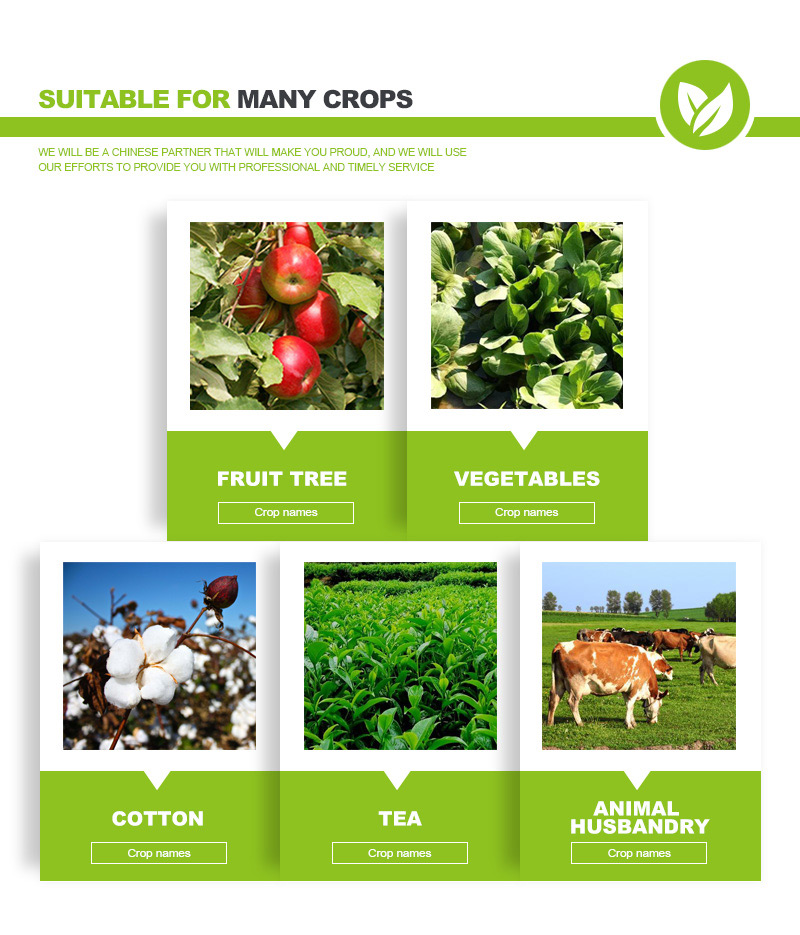
Signs and symptoms of infection
In agriculture
Fruit trees: mite-infected fruit trees usually show deformed or discolored fruits and damaged leaves, affecting the normal growth of the tree and the quality of the fruits.
Vegetables: Mite-infected vegetables may have wilted or yellowed leaves, resulting in stunted growth and, in severe cases, even death of the entire plant.
Cotton: When cotton is infected by mites and bollworms, the bolls will be damaged, affecting the quality and yield of cotton.
In horticulture
Flowers and ornamentals: mite-infected flowers and ornamentals will have discolored leaves, inhibited growth and reduced flower quality.
In livestock
Ticks and mites: Livestock infected with ticks and mites usually exhibit severe itching, hair loss and skin lesions and may transmit other diseases.
Lice: Livestock infected with lice scratch frequently, show restlessness, and have visible traces of lice on their skin.
Causes and risk factors
Biological factors
Mites, ticks and other pests thrive in environments that lack natural enemies. Suitable climatic conditions also promote their growth. For example, high temperatures and humidity are ideal for mites to reproduce.
Environmental factors
High humidity and temperature levels can increase the risk of mite and tick infestations. Overuse of certain insecticides can lead to resistance, making pests more difficult to control. In addition, monocultures over long periods of time can provide a stable habitat for pests.
Lifestyle Factors
Improper crop rotation and poor livestock management practices can exacerbate pest problems. For example, failure to regularly clean livestock pens or failure to promptly dispose of sick animals can increase the risk of infection.
Diagnosis and Testing
Agricultural Diagnostics
Regular crop inspections and pest monitoring can help detect infections early. Farmers can use methods such as sticky boards, traps and visual inspections to detect the presence and number of pests. Timely detection and diagnosis helps in taking effective control measures to avoid large-scale outbreaks.
Veterinary diagnosis
In animals, mite and tick infections are diagnosed by skin scraping and microscopic examination. Veterinarians may perform blood tests to check for diseases transmitted by these parasites. Isolation and observation of sick animals is also an effective diagnostic method to prevent the spread of infection.
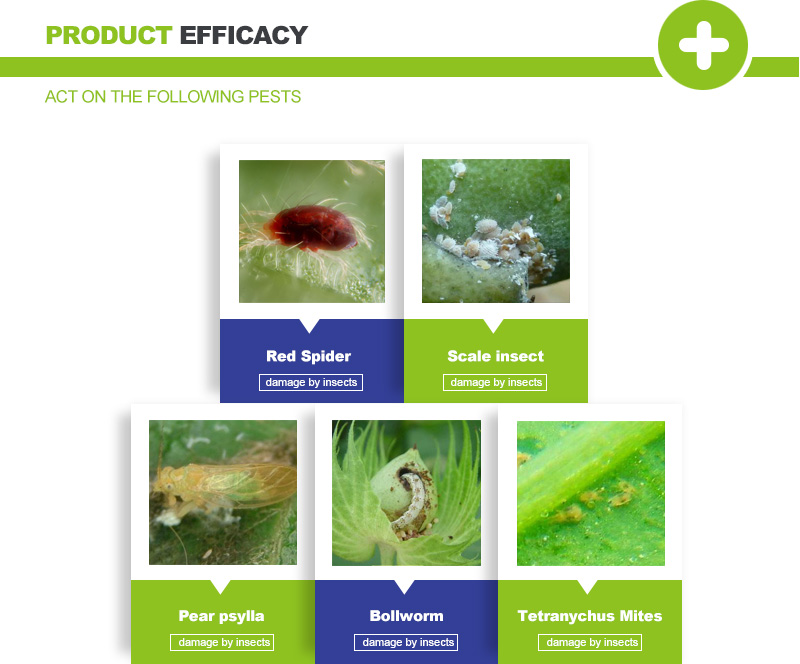
Using Method
Agricultural Treatment
Taktic amitraz 10% EC may be applied to crops as a foliar spray. Farmers should follow the dosage and application instructions on the product label to ensure that the spray evenly covers the entire plant. To avoid pest resistance, it is recommended to rotate the use of different types of insecticides.
Veterinary treatment
For livestock, Taktic amitraz is usually applied as a dip or spray. Treatment should be carried out in a well-ventilated area and overdosing should be avoided to prevent drug residues. Regular treatment and preventive measures are effective in controlling mite and tick infestations.
| Formulation: Amitraz 10% EC、Amitraz 100g/L EC | |||
| Crop | Fungal diseases | Dosage | Usage method |
| Pear tree | Pear psylla | 1000-1500 times liquid | Spray |
| Cotton | Red spider | 900-1200 (ml/ha) | Spray |
Preventive measures
In agriculture
Crop rotation: By rotating different crops, the life cycle of the pest can be broken and its population reduced.
Natural enemy release: Introduction of natural enemies of mites, such as predatory mites, can control the pest naturally.
Regular monitoring: Regular inspection of crops using sticky boards and traps can detect and treat pests in time.
In Livestock
Regular cleaning: Keep livestock pens clean and remove manure and waste regularly to reduce the breeding of parasites.
Isolation of sick animals: isolate infected livestock to prevent the spread of infection.
Preventive medicinal baths: Give livestock regular medicinal baths to prevent parasitic infections.
